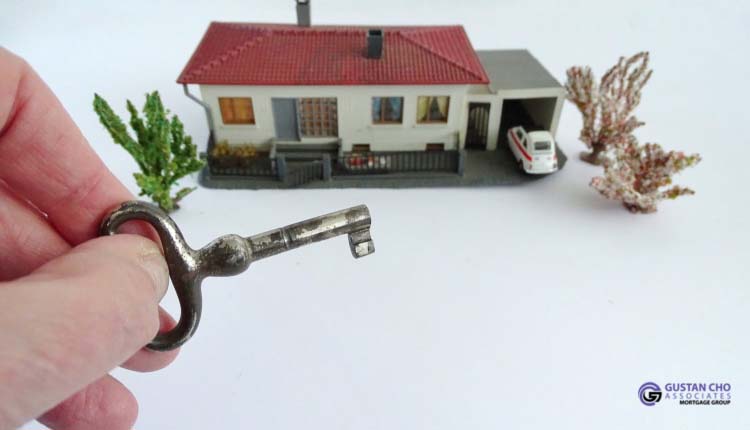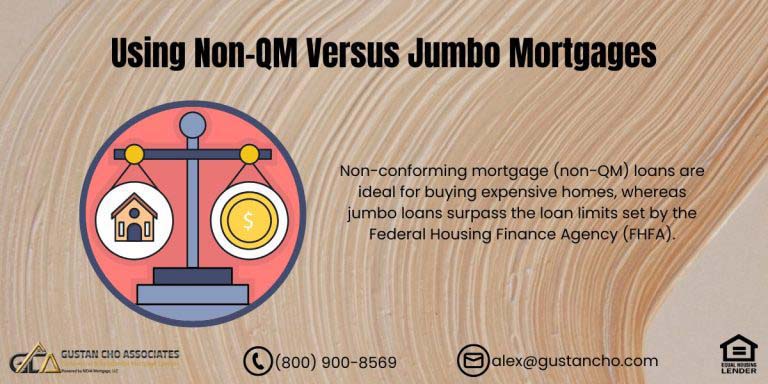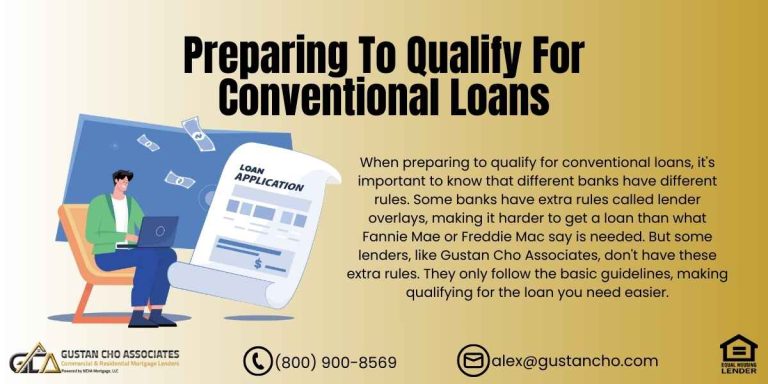This guide covers the steps in mortgage process for closing home loan on time. Homebuyers looking to purchase a new home or homeowners looking to refinance their current home loans need to go through steps in mortgage process. The first steps in mortgage process are the qualification and pre-approval stages. The pre-approval stage is by far the most important process of the whole overall mortgage loan application and mortgage loan approval process.
The main reason why mortgage loans get denied at the last minute or there is so much stress in the mortgage process is that loan officers did not do. their due diligence in qualifying borrowers.
Loan officers did not properly qualify the borrower before issuing a solid pre-approval letter. Unfortunately, there are loan officers who issue pre-approval letters without even running credit or running the borrower’s file through the automated underwriting system (AUS). Loan officers should get a second opinion from a senior associate or a mortgage underwriter if they are not sure of a particular mortgage guideline prior to issuing a pre-approval letter. In the following paragraphs, we will cover the steps in mortgage process.
Pre-Approval Process is The Most Important Steps in Mortgage Process
Loan officers need to thoroughly review the borrower’s mortgage loan application (1003), credit report, W2s and tax returns, and other important documents. Thoroughly review the unreimbursed expenses of the borrower and check the actual adjusted gross income that can be used as qualified income. The number one reason for a last-minute mortgage loan denial or stress during the mortgage process is due to the loan officer not properly. qualifying the borrower prior to issuing a pre-approval letter.. Loan officers who did not thoroughly review the borrower’s credit report and issued a pre-approval when borrowers were not fully qualified will no doubt are asking for trouble. Just taking the borrower’s word on how much they make and just checking if the borrower meets the minimum credit score requirements is not enough data to issue a solid pre-approval.
Want to Know Every Step From Application to Closing?
Don’t guess your way through the mortgage maze
Pre-Approval Steps in Mortgage Process
Outstanding credit disputes will delay steps in mortgage process. Credit disputes are not allowed during the mortgage process: A pre-approval letter issued by a loan officer on a borrower with outstanding credit disputes on non-medical collections or derogatory credit items is null and void. The mortgage process will come to a complete halt if there are outstanding credit disputes until the disputes are removed. The reason credit disputes are not allowed is that the credit bureaus will automatically discount the negative credit tradelines that are being disputed from the credit scoring model.
Why Mortgage Lenders Do Not Allow Credit Disputes
When a consumer disputes a derogatory credit tradeline, the credit scoring formula of the credit bureaus will not pick up the negative factor of the negative credit tradelines so the consumer credit scores increases. However, when a consumer removes the credit disputes, then the credit scoring formula will factor the negative factor back in the credit scoring formula and the consumer credit scores will drop.
How Removing Credit Disputes Drop Credit Scores
The drop can be significant because when the credit scoring formula factors the negative credit tradelines back into the scoring formula, it will get factored in as a brand new negative credit item. This is why credit scores with outstanding credit disputes are null and void until the credit disputes are removed. However, there are credit disputes that are exempt from retraction.
Medical credit disputes are exempt from retraction. Non-medical credit disputes if the total outstanding balance of all creditors equals less than $1,000, the credit disputes do not have to be removed.
Credit disputes on non-medical credit tradelines with zero balance are exempt from retraction. Credit disputes on non-medical credit tradelines that is older than 24 months old do not have to be removed.
Steps in Mortgage Process Starting With Loan Application
Once a person decided on purchasing a home, in order to go shopping for houses, they need a pre-approval letter from a mortgage loan originator. The borrower needs to complete a four-page mortgage loan application. This 4-page mortgage loan application is called 1003. Borrowers need to submit several documents such as the following:
- two years tax returns
- two years W-2s
- 30 days paycheck stubs
- other documents that may apply to them
Income Qualification For Determining Qualified Income
The loan originator will carefully review and analyze the borrower’s income by thoroughly examining the borrower’s income docs such as W2s, 1099 if applicable, two years tax returns. If the borrower has overtime and/or bonus income or there are some irregularities in income, the loan officer should get a verification of employment initiated and completed prior to issuing a pre-approval letter. Lenders go off the adjusted gross income. The adjusted gross income is the income after all expense adjustments. Adjusted gross income is used to calculate the borrower’s debt-to-income ratios and qualified income. The loan officer will also need to carefully review the borrower’s credit scores and credit payment history and review the whole credit report.
Avoid Delays by Understanding the Process Upfront
Most closing problems come from confusion and missed steps
Reviewing The Borrowers Credit Reports For Accuracy and Missing Information
The special attention that a loan officer needs to check are derogatory information reported on the credit report such as the following:
- credit disputes
- outstanding collection accounts
- judgments
- tax liens
- bankruptcies
- foreclosures, charge offs, credit disputes, and any public records
Once the loan officer feels confident that the borrower meets all mortgage lending guidelines, a solid pre-approval letter will be issued.
Steps in Mortgage Process During Processing and Underwriting
Once a home buyer gets a solid pre-approval letter, that pre-approval letter is the ticket to go and shop for a home. Once the home buyer chooses a home, he or she will enter into a real estate purchase contract. Once the loan officer gets the executed real estate purchase contract, the mortgage loan gets registered and the disclosures get sent out, including the Loan Estimate.
The Old Good Faith Estimate was replaced by the New Loan Estimate. Once the mortgage borrower receives the mortgage loan disclosures and signs the wet docs, the file will get assigned to a mortgage loan processor.
The mortgage processor’s job is to get all of the proper documents together and get the file ready for the mortgage loan underwriter. The mortgage underwriter is the person who reviews the loan package and determines whether borrowers get a loan approval or denial. If the mortgage underwriter feels comfortable with the loan package and feels the borrower meets all lending guidelines and all of the lender overlays, he or she will then issue a conditional mortgage loan approval.
Steps in Mortgage Process Leading To Timely Clear To Close
Once borrowers get a conditional mortgage loan approval, the next step in the mortgage process is to get all the conditions to get a clear to close . A clear to close is when the mortgage underwriter has signed off on all conditions and in many cases, an underwriting manager has reviewed the file and gave the mortgage underwriter his or her blessings.
Clear To Close means the lender is ready to send docs out to the title company and send the funds via wire to fund the mortgage loan.
To qualify for a home mortgage with a national mortgage company with no lender overlays on government and conventional loans, please contact us at Gustan Cho Associates at 800-900-8569 or text us for a faster response. Or email us at gcho@gustancho.com. The team at Gustan Cho Associates is available 7 days a week, evenings, weekends, and holidays.
Get Pre-Approved With a Lender Focused on On-Time Closings
We don’t just approve you—we guide you through every step until you get the keys










